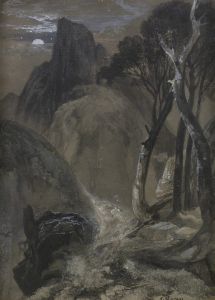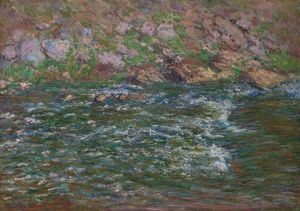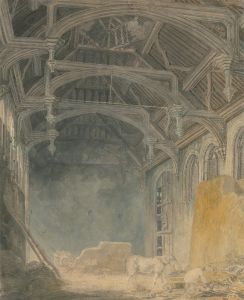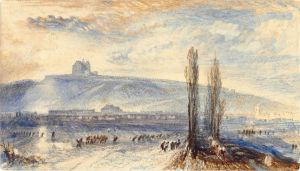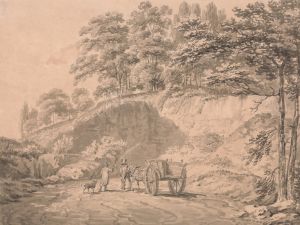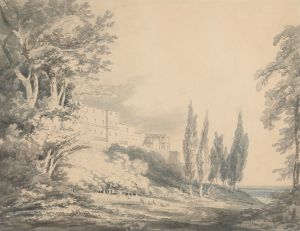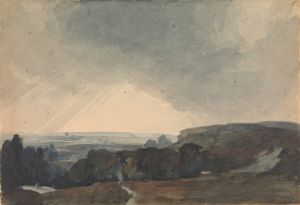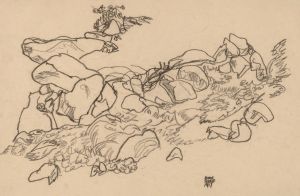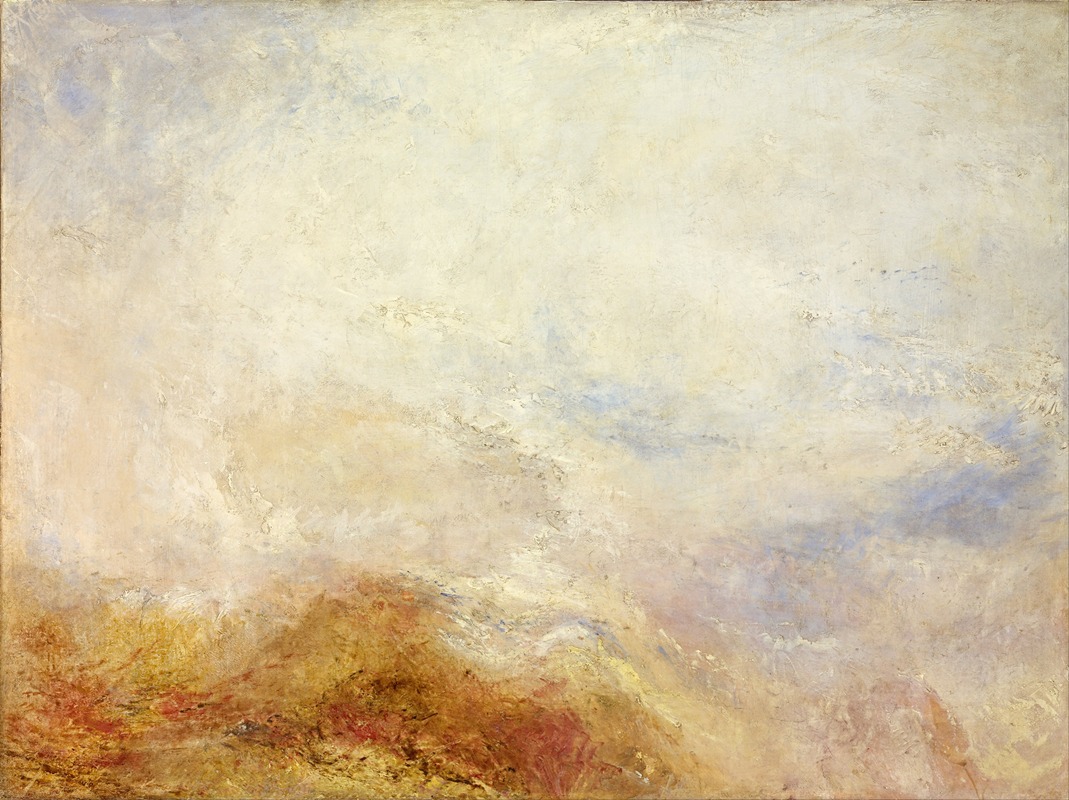
A mountain scene, Val d’Aosta
A hand-painted replica of Joseph Mallord William Turner’s masterpiece A mountain scene, Val d’Aosta, meticulously crafted by professional artists to capture the true essence of the original. Each piece is created with museum-quality canvas and rare mineral pigments, carefully painted by experienced artists with delicate brushstrokes and rich, layered colors to perfectly recreate the texture of the original artwork. Unlike machine-printed reproductions, this hand-painted version brings the painting to life, infused with the artist’s emotions and skill in every stroke. Whether for personal collection or home decoration, it instantly elevates the artistic atmosphere of any space.
"A Mountain Scene, Val d’Aosta" is a watercolor painting by the renowned British artist Joseph Mallord William Turner, commonly known as J.M.W. Turner. Turner, born in 1775, is celebrated for his expressive colorization, imaginative landscapes, and turbulent marine paintings. He is often regarded as a forerunner to the Impressionist movement due to his innovative use of light and color.
This particular work, "A Mountain Scene, Val d’Aosta," is part of Turner’s extensive exploration of the European landscape, which he embarked upon during his travels. The Val d’Aosta, or Aosta Valley, is a mountainous region in northwestern Italy, known for its dramatic alpine scenery. Turner visited this region during his travels across Europe, which were instrumental in shaping his artistic vision and style.
The painting captures the majestic beauty of the Aosta Valley, with its towering peaks and lush valleys. Turner’s use of watercolor in this piece exemplifies his mastery of the medium, allowing him to convey the ethereal quality of the landscape. The watercolor technique enabled Turner to create a sense of depth and atmosphere, capturing the interplay of light and shadow across the mountainous terrain.
Turner’s depiction of the Val d’Aosta is characterized by his distinctive approach to landscape painting. Rather than focusing on precise topographical details, Turner emphasized the emotional and atmospheric qualities of the scene. This approach is evident in the way he rendered the mountains and sky, using a palette of soft, muted colors to evoke a sense of tranquility and grandeur.
The painting reflects Turner’s fascination with the sublime, a concept that was central to the Romantic movement of the late 18th and early 19th centuries. The sublime is characterized by a sense of awe and wonder, often inspired by the vastness and power of nature. In "A Mountain Scene, Val d’Aosta," Turner captures this sense of the sublime through his portrayal of the imposing mountains and expansive sky.
Turner’s travels in Europe, including his visits to Italy, were crucial in the development of his artistic style. His experiences in the Alps, in particular, had a profound impact on his work, inspiring him to explore new techniques and approaches to landscape painting. The Aosta Valley, with its dramatic scenery, provided Turner with the perfect subject matter to experiment with his ideas about light, color, and composition.
"A Mountain Scene, Val d’Aosta" is a testament to Turner’s ability to convey the beauty and majesty of the natural world through his art. It exemplifies his skill in capturing the essence of a landscape, not through detailed representation, but through the evocation of mood and atmosphere. This painting, like many of Turner’s works, continues to be celebrated for its innovative approach and its contribution to the evolution of landscape painting.
Turner’s legacy as one of the greatest landscape painters in art history is firmly established, and works like "A Mountain Scene, Val d’Aosta" continue to be studied and admired for their artistic brilliance and emotional depth.






